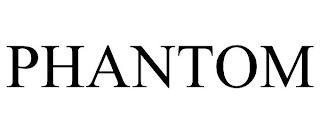The TTAB considers the appearance, sound, meaning, and commercial impression of two trademarks when considering whether there is a likelihood of confusion between them. Similarity in any one of appearance, sound, meaning, or commercial impression can result in a finding that the marks are similar. However, when the similarity is only present in the meaning, that might not be enough, depending on the circumstances to find that the marks are similar.
In the case involving the marks APPARITION and PHANTOM for wine, the TTAB found that while APPARITION and PHANTOM were synonyms with overlapping meanings at least in one sense of each term, this was not enough for the TTAB to find that the marks were similar. The marks lacked similarity in sound and appearance. Further, “Given that ‘phantom’ and ‘apparition’ each have additional meanings that differ from their shared meaning, the two terms could stimulate different mental reactions in the minds of the relevant consumers when the terms are applied to wine, thus engendering different commercial impressions overall,” the TTAB said.
While in some cases “similarity in connotation or commercial impression alone may be sufficient to find marks confusingly similar, despite differences in sound and appearance,” here that similarity was not enough and the TTAB dismissed the opposition.
Case: Bogle Vineyards v. Sixmilebridgevineyards, Op. No. 91276339, 2025 TTAB LEXIS 387 (TTAB).
